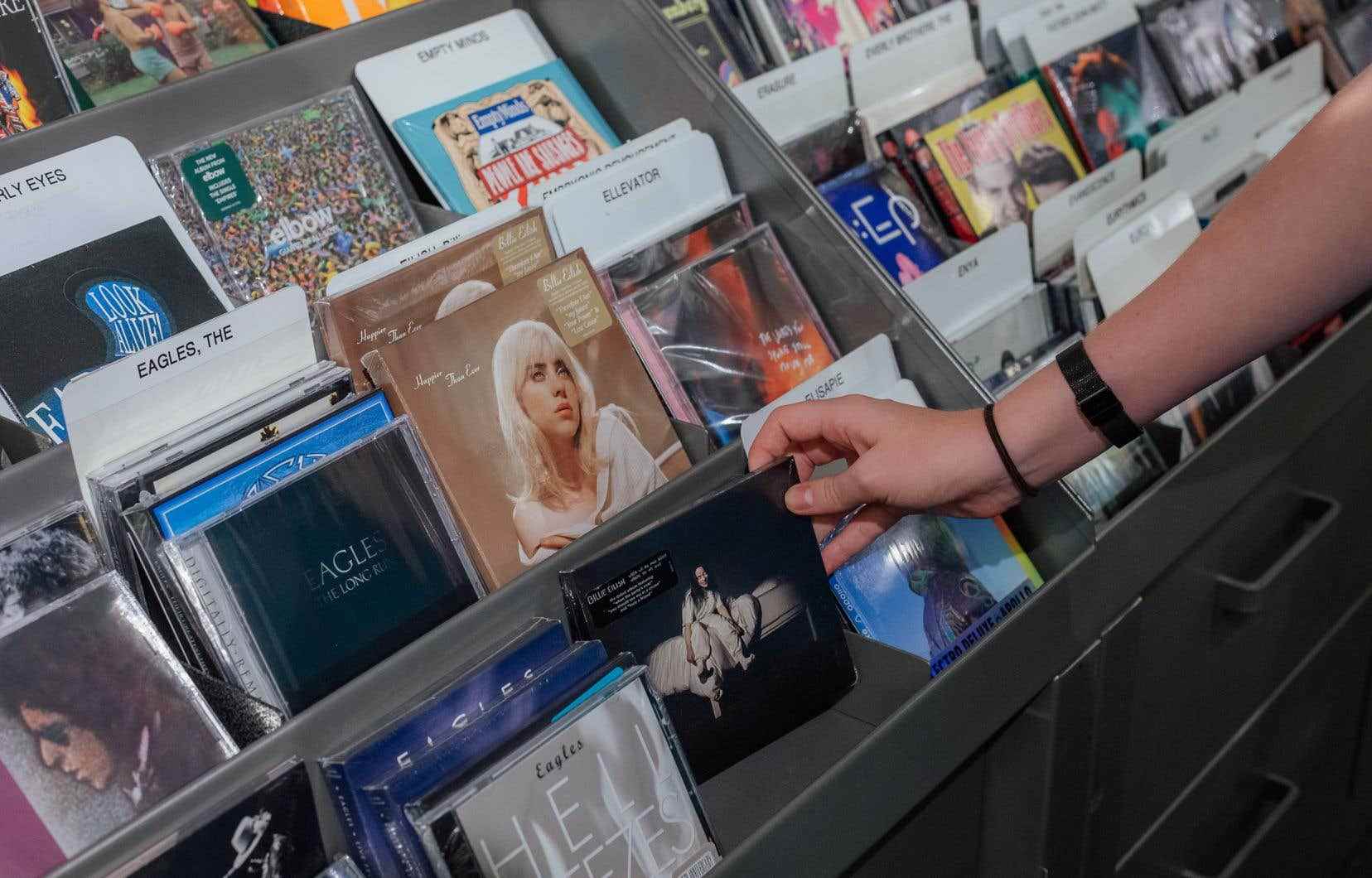New technologies do not always completely displace old ones. The microgroove record survives and is in fact still doing quite well thank you despite the fierce competition from the compact disc (CD) and digital media for several decades.
Quebec ethnologist Marius Barbeau continued to record songs and folk, Aboriginal or Inuit tales on wax cylinders until 1949. The Canadian Museum of Civilization has 3312 engraved between 1899 and this date.
The old portable and inexpensive technology dating back to the XIXe century retained an obvious advantage as a dictaphone. Magnetic tape, invented in Germany and kept secret during World War II, later crushed the cylinder, allowed the recording of delayed broadcast audio and then the commercialization of the microcassette in the mid-1960s.
Legal deposit has existed since the same period in Quebec. The 1967 law first imposed on Quebec publishers the free bequest to national collections of one or two copies of a document printed in Quebec within days of publication. The obligation has been extended to sound recordings since 1992, ten years after the appearance of the CD.
A huge collection
“We seek to acquire everything that was produced before this date, by donation or by purchase,” explains Mireille Laforce, director of legal deposit and acquisitions at the Bibliothèque et Archives Nationales du Québec (BAnQ). The institution includes the Grande Bibliothèque, the National Archives and the National Library. The latter is responsible for collecting sound recordings from Quebec or relating to Quebec. “We want to make sure we have the most complete collection possible. »
The data is already staggering. The archives include around 24,000 different CD titles relating to Quebec, for an average production of around 600 discs per year for forty years. In 2002, Legal Deposit received about 1,000, 900 in 2012, and so far 500 in 2022 (annual accounts run from March to March).
By comparison, the national collection of LPs has more than 30,000 titles, 78 rpm (6,000 titles), 33 rpm (12,000) and 45 rpm (13,000). The wax cylinder is no match for only a few hundred copies.
“We are now seeing more and more digital file releases combined with vinyl releases,” says M.me Strength. The legal deposit applies to the entirely dematerialized support since this year.
Archived in the cloud
Old or new content on old means of reproduction invented over the past century will also be dematerialized to facilitate their preservation and dissemination. However, real real CDs like LPs will continue to be archived as reference objects (for the cover in particular), let’s say for the container more than for the content.
Any medium poses conservation challenges, even in an institution that maximizes storage quality. Magnetic tapes are particularly fragile. BAnQ has more than 3,000 Quebec audio cassettes whose content will ideally be transferred to the cloud. And who knows if the great dematerialization in binary mode will stop there?
“The creation of new media adds challenges, poses preservation difficulties, says director Laforce. Formats change all the time. With paper, it was quite simple: you put the document in a reserve, and it could stay there for centuries. With new technologies, it is necessary to migrate to new media to ensure conservation over time. It takes extra watch and effort. »
